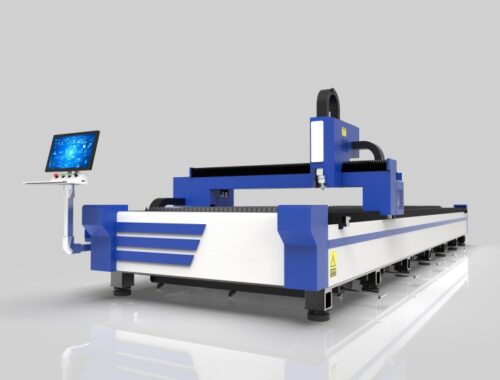The Art of Crafting a Handmade Katana
# The Art of Crafting a Handmade Katana
A Timeless Tradition
The handmade katana represents centuries of Japanese sword-making tradition, blending artistry with functionality. Unlike mass-produced blades, each handmade katana tells a story through its unique creation process, reflecting the skill and philosophy of its maker.
The Materials: Foundation of Excellence
Traditional katana smiths use tamahagane steel, produced from iron sand in a tatara furnace. This special steel contains varying carbon content, allowing the smith to create a blade with both hardness and flexibility:
- High-carbon steel for the cutting edge (ha-gane)
- Low-carbon steel for the spine (shingane)
- Medium-carbon steel for the sides (kawagane)
The Forging Process
1. Folding the Steel
The smith repeatedly folds and hammers the steel, sometimes up to 16 times, creating thousands of layers. This process removes impurities and creates the distinctive grain pattern (hada) visible in finished blades.
Keyword: Handmade Katana
2. Shaping the Blade
Using precise hammering techniques, the smith forms the distinctive curve (sori) and geometry of the katana. This stage requires an intimate understanding of how steel behaves under heat and pressure.
3. Differential Hardening
The famous hamon (temper line) is created by applying a special clay mixture to the blade before quenching. The edge cools rapidly, becoming extremely hard, while the spine cools slowly, remaining more flexible.
The Finishing Touches
After forging, the blade undergoes several finishing processes:
| Process | Description |
|---|---|
| Polishing | Using progressively finer stones to reveal the steel’s beauty |
| Mounting | Creating the tsuka (handle), tsuba (guard), and saya (scabbard) |
| Decoration | Adding artistic elements like menuki (handle ornaments) |
The Spirit of the Katana
More than just a weapon, the handmade katana embodies bushido – the way of the warrior. The care and dedication required to create one mirror the discipline required to wield it properly. Modern collectors and martial artists continue to value these blades not just for their functionality, but for their connection to Japanese history and culture.
Owning a handmade katana means possessing a piece of living history, where ancient techniques meet modern appreciation for craftsmanship. Each blade stands as testament to the enduring legacy of Japan’s sword-making tradition.
You May Also Like

DO YOU KNOW HOW TO EXTEND THE LIFESPAN OF YOUR LASER CUTTING MACHINE?
November 22, 2024
Escape Road: A Journey to Freedom
March 21, 2025